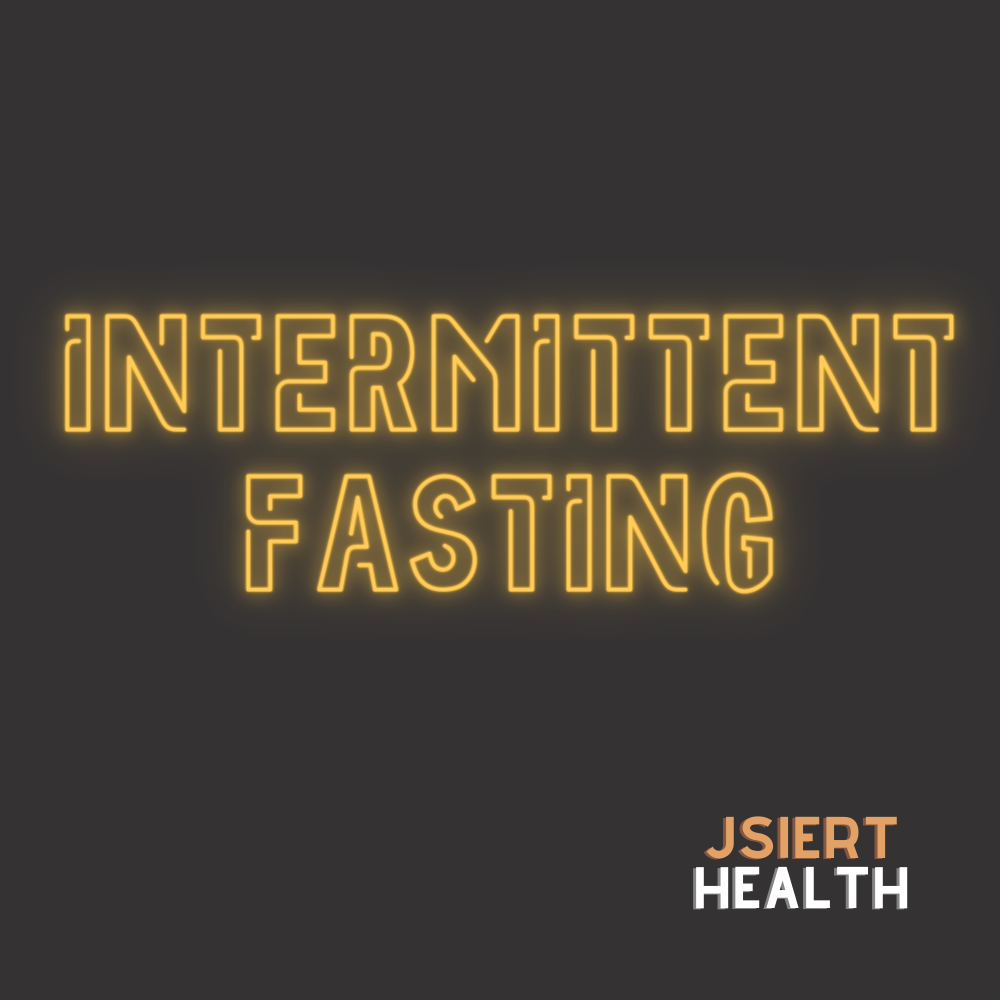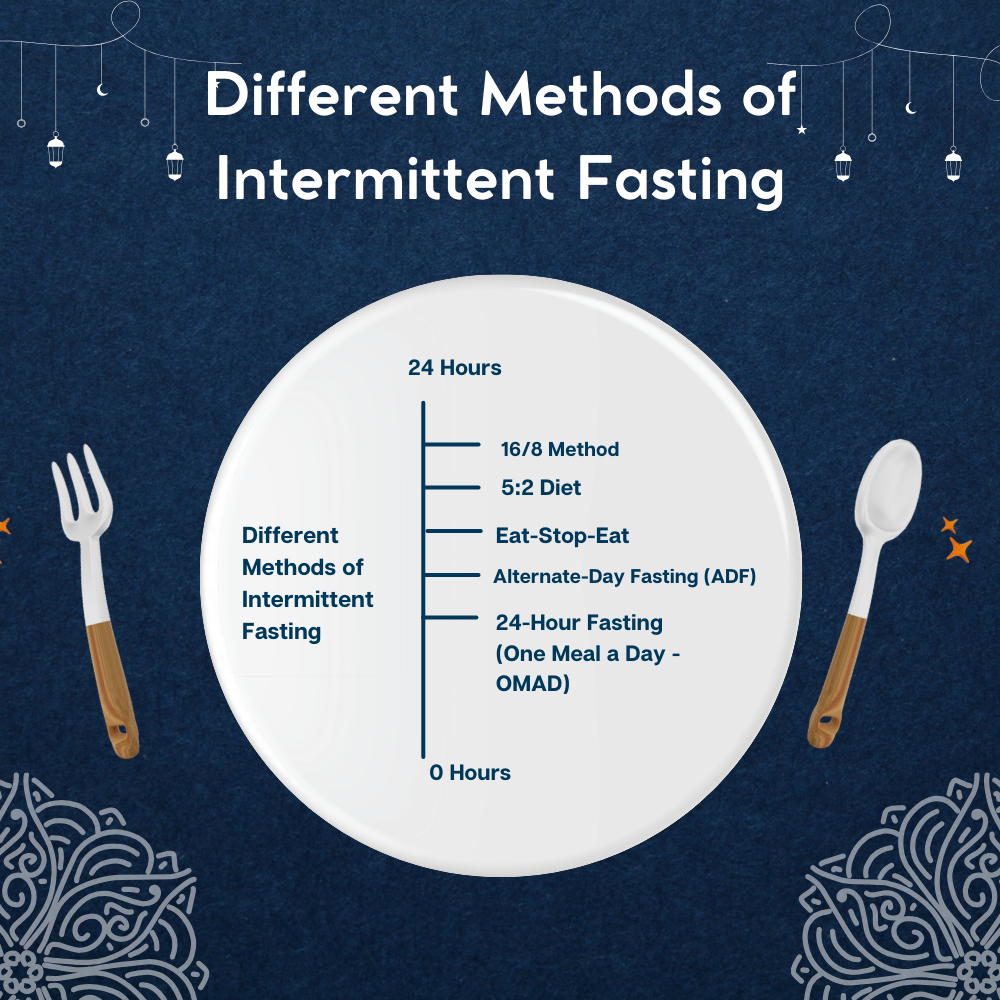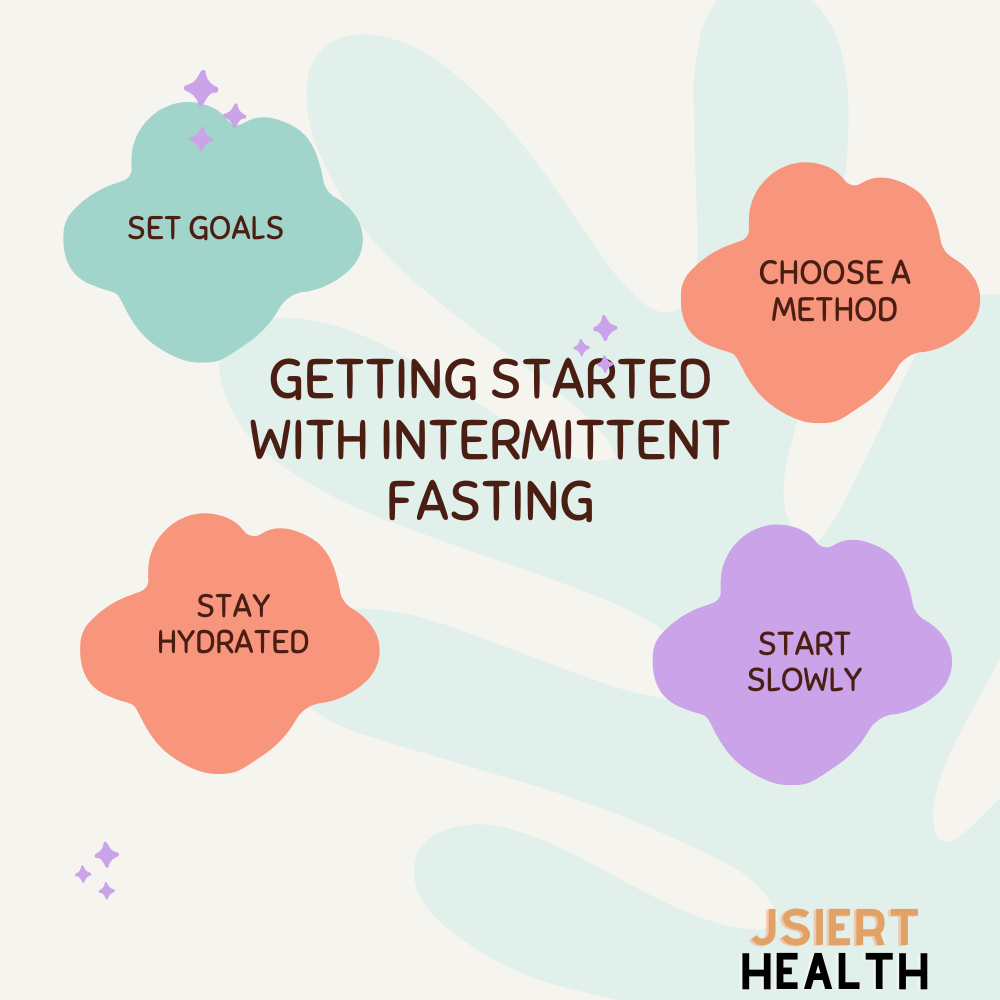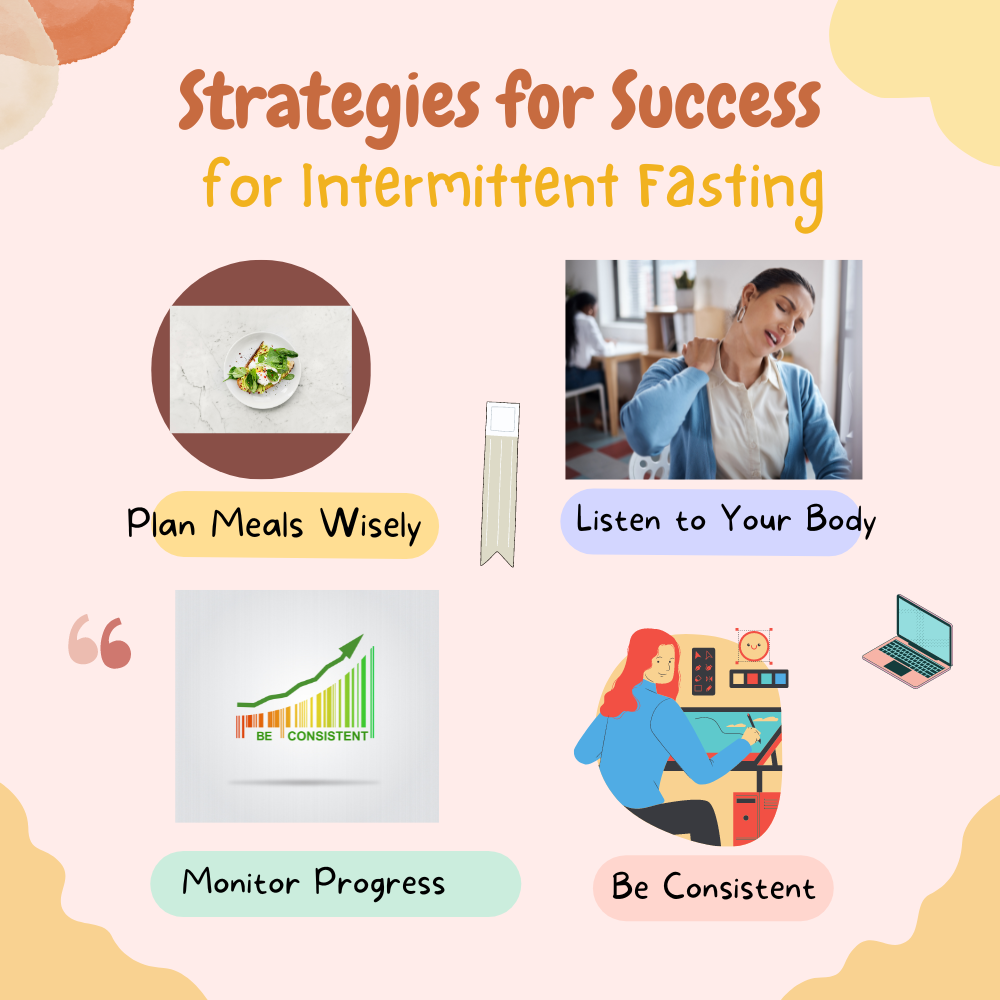Intermittent Fasting 101: The Ultimate Beginner’s Manual and how to achieve Health Goals with Intermittent Fasting?
Intermittent Fasting 101: The Ultimate Beginner’s Manual and How to Achieve Health Goals with Intermittent Fasting

Introduction:
Intermittent fasting (IF) has gained immense popularity as a sustainable approach to weight management and overall health improvement. This comprehensive guide combines the fundamentals of intermittent fasting with strategies to achieve specific health goals. Whether you’re a beginner looking to start your intermittent fasting journey or seeking to optimize your health outcomes, this manual provides actionable insights to help you succeed.
Understanding Intermittent Fasting:
- Intermittent fasting is an eating pattern that alternates between periods of eating and fasting.
- It focuses on when you eat rather than what you eat, allowing the body to tap into its fat stores for energy during fasting periods.
- The primary goals of intermittent fasting include weight loss, improved metabolic health, and enhanced overall well-being.
Different Methods of Intermittent Fasting

- 16/8 Method (Time-Restricted Feeding):
- How it works: This method involves fasting for 16 hours each day and limiting eating to an 8-hour window. For example, you might skip breakfast and only eat between 12 pm and 8 pm.
- Benefits: It’s relatively easy to follow since the fasting period primarily occurs during sleep. It can help regulate hunger hormones and promote fat loss.
- Drawbacks: Some individuals may find it challenging to skip breakfast, especially if they’re accustomed to eating early in the morning.
- 5:2 Diet (Modified Fasting):
- How it works: With the 5:2 diet, you eat normally for five days of the week and restrict calorie intake to 500-600 calories on two non-consecutive days.
- Benefits: This approach allows for flexibility, as you can choose which days to fast based on your schedule. It may also lead to significant weight loss and improvements in metabolic health.
- Drawbacks: Restricting calories to 500-600 on fasting days can be challenging for some individuals and may lead to increased hunger and irritability.
- Eat-Stop-Eat (Periodic Fasting):
- How it works: Eat-Stop-Eat involves fasting for 24 hours once or twice a week, with no calorie consumption during the fasting period.
- Benefits: It simplifies the fasting process by incorporating longer fasting periods. It can promote fat loss and may have metabolic benefits similar to longer-term fasting.
- Drawbacks: Fasting for 24 hours may be difficult for some individuals, especially those new to intermittent fasting. It may also lead to increased hunger and decreased energy levels.
- Alternate-Day Fasting (ADF):
- How it works: Alternate-Day Fasting consists of alternating between fasting days and non-fasting days. On fasting days, individuals typically consume around 500 calories.
- Benefits: ADF can lead to significant weight loss and improvements in metabolic health. It may also simplify meal planning and promote better adherence to fasting protocols.
- Drawbacks: Fasting every other day may be challenging for some individuals and may lead to increased hunger and irritability on fasting days.
- 24-Hour Fasting (One Meal a Day – OMAD):
- How it works: OMAD involves fasting for 23-24 hours each day and consuming all your daily calories within a one-hour eating window.
- Benefits: OMAD can simplify meal planning and may lead to significant weight loss and improvements in metabolic health. It also allows for flexibility in food choices during the eating window.
- Drawbacks: Eating only one meal a day may be difficult for some individuals, and it may lead to overeating or binge-eating behaviors during the eating window.
Getting Started with Intermittent Fasting

- Set Goals: Determine your health goals, whether it’s weight loss, improved metabolic health, or increased energy.
- Choose a Method: Select an intermittent fasting protocol that aligns with your lifestyle and preferences.
- Start Slowly: Gradually increase fasting periods to allow your body to adapt to the new eating pattern.
- Stay Hydrated: Drink plenty of water during fasting periods to stay hydrated and curb hunger.
Health Benefits of Intermittent Fasting:

- Weight Loss: By promoting calorie restriction and fat oxidation, intermittent fasting can facilitate sustainable weight loss.
- Improved Metabolic Health: IF has been shown to enhance insulin sensitivity, reduce inflammation, and lower the risk of chronic diseases such as type 2 diabetes and cardiovascular disorders.
- Enhanced Brain Function: Some studies suggest that intermittent fasting may support cognitive function, memory retention, and neuroprotection.
- Increased Longevity: Animal studies have demonstrated that intermittent fasting may extend lifespan by promoting cellular repair and metabolic efficiency.
Strategies for Success:

- Plan Meals Wisely: Prepare nutrient-dense meals and snacks to fuel your body effectively during eating windows.
- Listen to Your Body: Pay attention to hunger cues, energy levels, and overall well-being, and adjust your fasting schedule accordingly.
- Be Consistent: Maintain a consistent fasting schedule to optimize metabolic adaptation and maximize the benefits of intermittent fasting.
- Monitor Progress: Track key indicators such as weight, body composition, blood sugar levels, and mood to assess the impact of intermittent fasting on your health.
Safety Considerations:

- Consult a Healthcare Professional: Before embarking on an intermittent fasting regimen, consult with a healthcare provider, especially if you have underlying medical conditions or are taking medications.
- Monitor for Adverse Effects: Be vigilant for signs of discomfort, such as dizziness, fatigue, or disordered eating behaviors, and adjust your fasting protocol accordingly.
Conclusion:
Intermittent fasting offers a flexible and sustainable approach to achieving health goals, whether it’s weight loss, improved metabolic health, enhanced brain function, or increased longevity. By understanding the fundamentals of intermittent fasting, choosing an appropriate method, and implementing it effectively, individuals can optimize their health outcomes and embark on a journey towards a healthier, happier life
Some frequently asked questions about the role of Intermittent Fasting in the human body along with their answers:
- What is intermittent fasting (IF)?
- Intermittent fasting is an eating pattern that cycles between periods of fasting and eating. It does not specify which foods to eat but rather when to eat them. There are several different methods of intermittent fasting, including the 16/8 method, the 5:2 diet, and alternate-day fasting.
- What is the role of intermittent fasting in the body?
- Intermittent fasting can have several beneficial effects on the body, including:
- Weight loss and fat loss: By reducing calorie intake and promoting fat burning, intermittent fasting can help with weight loss and body composition improvements.
- Improved metabolic health: Intermittent fasting may lead to improved insulin sensitivity, blood sugar control, and reductions in risk factors for type 2 diabetes and cardiovascular disease.
- Cellular repair and longevity: Fasting triggers cellular repair processes, including autophagy (the removal of damaged cells) and increased production of certain proteins associated with longevity.
- Brain health: Some studies suggest that intermittent fasting may have neuroprotective effects and could potentially reduce the risk of neurodegenerative diseases like Alzheimer’s disease.
- Hormonal balance: Intermittent fasting can affect hormone levels, including increased levels of human growth hormone (HGH) and norepinephrine, which can aid in fat loss and muscle preservation.
- Intermittent fasting can have several beneficial effects on the body, including:
- Is intermittent fasting safe?
- Intermittent fasting can be safe for many people when done correctly and under the guidance of a healthcare professional. However, it may not be suitable for everyone, including pregnant or breastfeeding women, individuals with certain medical conditions, or those with a history of eating disorders. It’s essential to listen to your body, stay hydrated, and ensure that you’re meeting your nutritional needs during eating periods.
- How do I start intermittent fasting?
- If you’re considering trying intermittent fasting, it’s essential to choose a method that fits your lifestyle and preferences. Start slowly and gradually increase the fasting duration over time. Stay hydrated during fasting periods, and focus on nutrient-dense foods during eating windows to ensure that you’re meeting your nutritional needs. Consulting with a healthcare professional or a registered dietitian can help you develop a safe and effective intermittent fasting plan tailored to your individual needs.
- What can I consume during fasting periods?
- During fasting periods, it’s generally recommended to consume only non-caloric beverages such as water, herbal tea, black coffee, or plain tea. These beverages can help keep you hydrated and may help curb hunger or cravings. Avoid consuming any calories, including sugar, cream, or additives, as this can break your fast and negate some of the potential benefits.
- Can intermittent fasting help with muscle growth or athletic performance?
- Intermittent fasting may have some potential benefits for muscle growth and athletic performance, particularly when combined with resistance training and proper nutrition during eating periods. Some research suggests that intermittent fasting can preserve muscle mass while promoting fat loss, potentially enhancing body composition. However, individual responses may vary, and it’s essential to prioritize adequate protein intake and nutrient timing to support muscle recovery and performance goals.
- Is intermittent fasting suitable for long-term use?
- Intermittent fasting can be sustainable for many people as a long-term lifestyle approach to eating. However, it’s crucial to monitor how your body responds and adjust your fasting protocol as needed. Some individuals may find that intermittent fasting becomes more challenging over time, while others may continue to benefit from it. It’s essential to listen to your body, prioritize overall health and well-being, and consult with a healthcare professional if you have any concerns or questions.
REFERENCES
For a comprehensive guide on intermittent fasting and how to achieve health goals with it, you can explore various reputable sources including:
- Books:
- “The Complete Guide to Fasting: Heal Your Body Through Intermittent, Alternate-Day, and Extended Fasting” by Dr. Jason Fung and Jimmy Moore.
- “The Obesity Code: Unlocking the Secrets of Weight Loss” by Dr. Jason Fung.
- “Delay, Don’t Deny: Living an Intermittent Fasting Lifestyle” by Gin Stephens.
- Websites and Blogs:
- Scientific Research and Journals:
- PubMed (https://pubmed.ncbi.nlm.nih.gov/)
- The New England Journal of Medicine (https://www.nejm.org/)
- The Journal of Nutrition (https://academic.oup.com/jn)
- Podcasts and Interviews:
- The Intermittent Fasting Podcast with Melanie Avalon and Gin Stephens.
- The Obesity Code Podcast with Dr. Jason Fung.
- The Peter Attia Drive Podcast with various episodes on fasting and metabolic health.
These resources offer a wealth of information on intermittent fasting, including its health benefits, different methods, tips for beginners, and strategies for achieving specific health goals. Always remember to consult with a healthcare professional before making significant changes to your diet or lifestyle, especially if you have underlying health conditions.